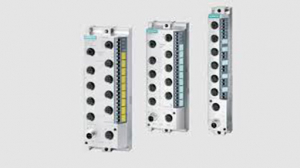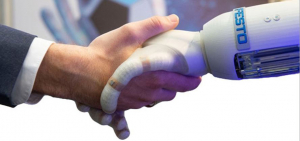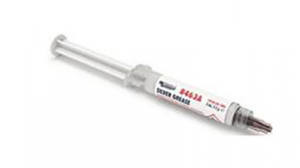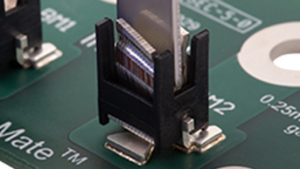Improving surge protection

Millions of surge protection units in the field are not providing adequate protection for today’s microprocessor-based equipment. As John Mitchell, Global Business Development Manager at CP Automation explains why Surge Protection Devices (SPDs) must be brought up to speed.
SPDs are designed to prevent excess voltage appearing at the terminals of sensitive equipment. A voltage spike typically lasts one to 30 microseconds and may reach over 1,000V, while a longer term voltage surge can last for seconds, minutes or hours.
High voltage surges are normally covered by surge protectors. However, traditional SPDs do not account for low level transient surges. These transient surges in the sine wave are very damaging to electrical equipment, as the additional peaks and troughs in the sine wave cause confusion to sensitive devices and machines.
Transient surges can lead to false zero crossings of the sine wave - the instantaneous point at which there is no voltage present. In a sine wave, this normally occurs twice during each cycle. Devices can be falsely triggered because of fast changing signals caused by transients. Typical surge protection devices are unable to prevent this confusion, because they are only triggered by voltage.
Variable frequency drives
Part of the issue surrounds the increased use of Variable Frequency Drives (VFDs), which control the frequency and voltage supplied to an electric motor. By adopting VFDs, many businesses reduce energy costs. However, VFDs are highly susceptible to changes in power quality.
Power quality issues can be caused by an anomalous event such as a lightning strike to the grid, or by lower level transient surges. If transients are not accounted for, they can lead to confusion in VFDs, such as false zero crossings, false triggering of diodes and timing issues.
A basic SPD may be used alongside a VFD to mitigate the damaging impact of high power surges, yet many users are still faced with unexplainable lockups, downtime and even failures in surge protection caused by low level switching transient events.
CNC machines
Modern Computer Numerical Control (CNC) machines are often marketed as requiring much less maintenance than their predecessors. The increased complexity of these machines does present some challenges. As with VFDs, these machines are also at the mercy of power quality.
To operate effectively, it is imperative that CNC machines are equipped with the right tools, settings and programming. The wrong choices can spell disaster for both the product and the CNC machine. One of the most important considerations relates to ensuring good power quality.
A poor power signal can cause issues with random lockups, loss of synchronisation and other ‘no trouble found’ service calls. Partially, this is due to the computer processors of CNC machining centres becoming more complex. Transient surges can lead to loss of synchronisation and unexplained reboots or resets in CNC machines - a huge headache for factory managers.
Fighting back
To eliminate the effects of low level switching transient events, transient protection systems such as SineTamer offer a new opportunity to protect valuable assets from the transient events that occur millions of times each day. Its frequency attenuation network monitors the frequency, not just the voltage.
The engineered transient disturbance filter is designed to monitor all 360° of the sine wave, making it capable of detecting rapid changes in frequency. This vigilance in turn prevents issues caused by false zero crossings of the sine wave.
Enhancing existing devices
Improving surge protection may not require an entire overhaul of existing protective equipment. Today, the industry has access to add-on Transient Dissipation Filters (TDFs), which enhance the capabilities of existing surge arrestors.
The new range of devices give existing surge arrestors the ability to track the frequency of electrical current waveforms, and in turn react to transient surges. Low level transient surges in the electrical system can then be detected and filtered before they harm sensitive equipment, all while using old surge protection equipment.
Whether facility managers choose to completely update their surge protection devices, or take the TDF approach by enhancing what they already have, the bottom line will benefit greatly. Effective power quality filtering results in less down-time, re-boots and general headaches for workers, which enables higher productivity.
Similar articles
More from CP Automation
- Quality crane components meet expert technical advice 4th May 2021
- Surge protection considerations during elevator modernisation 11th March 2021
- Recycling refrigerants in the Netherlands 12th February 2021
- Beyond the VSD: Making motors run efficiently 18th January 2021












Write a comment
No comments